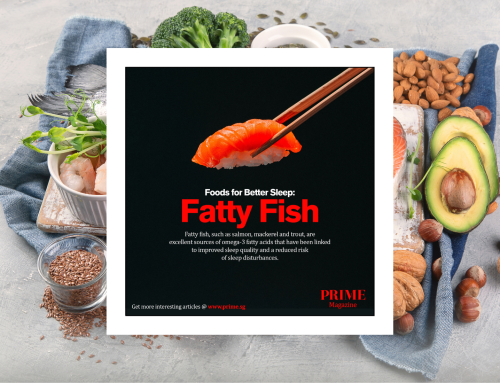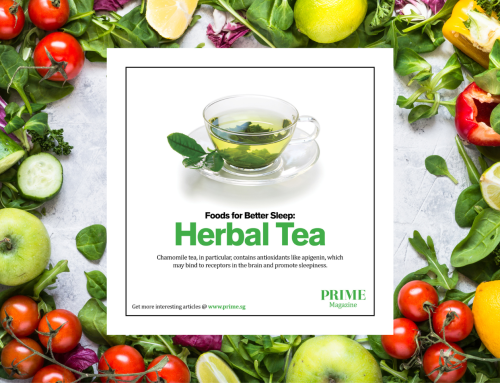When you are doing your weekly grocery shopping, are you drawn more to the packaging of food products, or do you read the food labels before making your choices?
All imported or locally manufactured pre-packed food products for sale in Singapore must be labelled. The food labels will help us make healthier and safer food choices. Let’s check out a few common food labels:
-
Ingredients label – must be included in a food label
The ingredients listed are not randomly or alphabetically arranged in the order you see! They are actually listed by weight, with the largest amount listed first and the least amount listed last. Ingredients that cause hypersensitivity must be indicated. This is especially important for consumers who are allergic to certain ingredients, such as gluten, soy or peanuts.
In Singapore, *peanut allergy appears to be the most common cause of anaphylaxis (acute allergic reaction) in children, followed by egg. Peanut allergy is also a frequent cause of fatal anaphylaxis in adolescents and less than 10% outgrow this allergy as they carry it into adulthood.
-
Nutrition Information panel (NIP) – must be included in a food label
This section provides information on nutrient content of the food product. For example, energy value per serving and also the amount of protein, carbohydrate and fat. Food products that contain lower amounts of these are generally healthier.
You can also look for the Healthier Choice Symbol (HCS) and Healthier Snack Logo on packaged foods for healthier options. These foods are generally lower in total fat, saturated fat, sodium and sugar. According to Health Promotion Board, seven in ten Singaporeans are aware of the Healthier Choice Symbol (HCS) and 69% had used this symbol to assist them in making healthier food choices.
-
Expiry date – must be included in a food label
The food product should be consumed before the expiry date. For raw meat products, the nearer the packaging date is to the date of purchase, the fresher the meat is. Bear in mind that food products may still go bad if mishandled or stored incorrectly, even if the food has not passed the expiry date. Consuming mishandled or expired food may put your health at risk, so make sure you store the food product as instructed to keep the product safe and at its best quality. Such foods include dairy products, juice drinks, infants’ food and chilled food products.
Be a smart shopper!
- Identify the best food choices by reading the NIP to compare similar food products and to see if they meet your daily nutritional needs
- Read the ingredient list carefully to check for any allergens
- Take note of the expiry date before you purchase.
- Avoid products stored in dented or torn packages, or food that has a strange odour.
- Sugar has many other names of it, such as glucose, fructose and maltose – so don’t be fooled if you do not see the word ‘Sugar’!
News in a flash (September 2016)
Read your food labels with caution! A Canadian dad has warned the public to read baby food labels before feeding babies. His 10-month-old baby daughter nearly died from choking on a cheese puff snack designed for babies. Upon close reading of the can, he saw a warning that was printed in tiny letters – to throw contents out after five days of breaking the seal.
References
AVA Singapore
Health Promotion Board
*Singapore Medical Journal, 2014 May; 55(5): 244–247.










